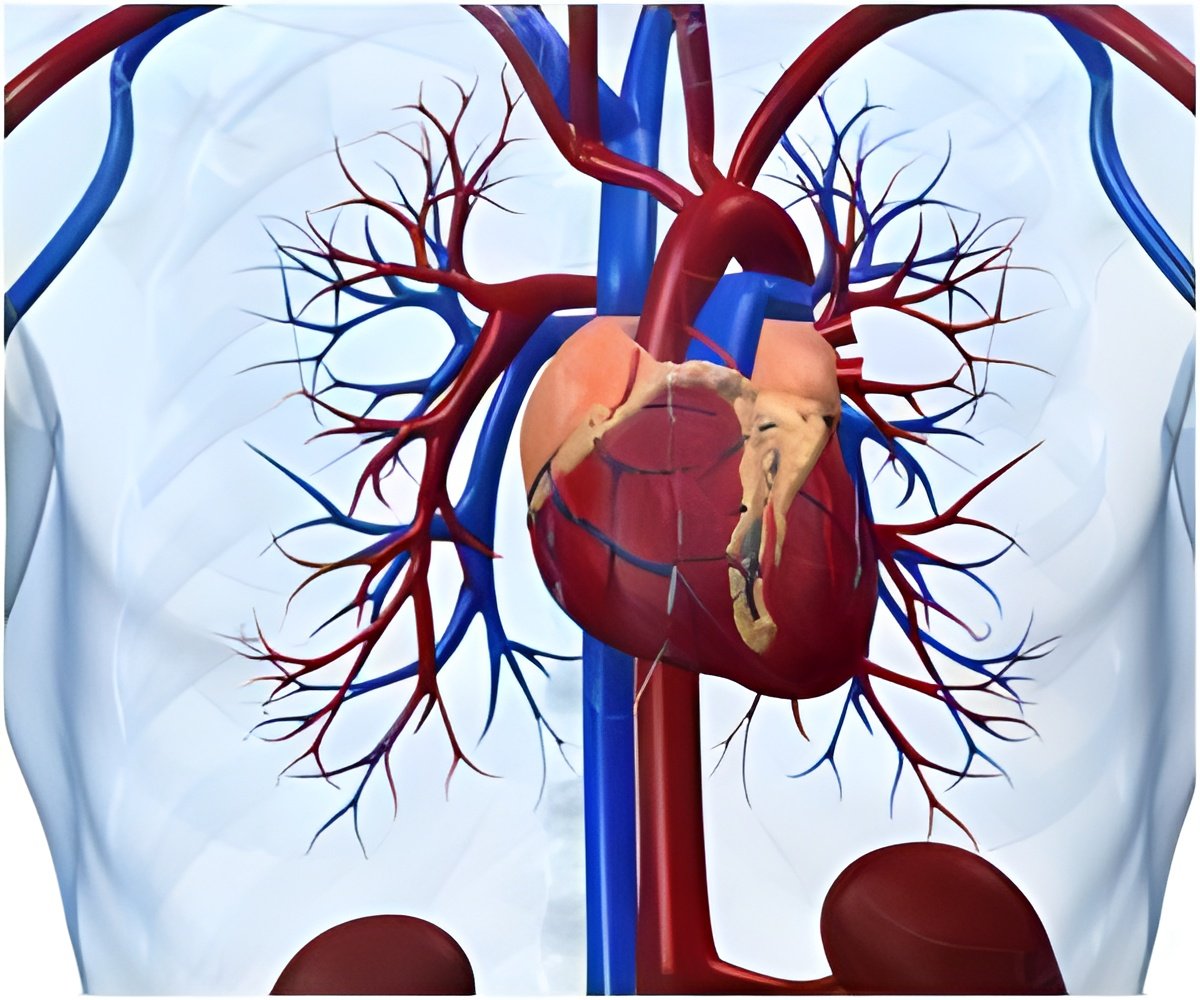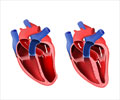
"Eventually, optical stimulation may overcome some of these problems and offer a new way of controlling heart function," added Entcheva.
The research is part of a new field called optogenetics that introduces light-sensitive proteins into "excitable" cells, making it possible to control specific activities within cells. Excitable cells can actively generate electrical signals such as nerve cells and muscle cells.
The main appeal of control by light is the unprecedented ability to remotely, without contact, turn on/off a single cell or a cell type, not possible by electrical or other means of stimulation.
In the new study, researchers created cells expressing the channelrhodopsin 2 (ChR2) protein and coupled them with heart muscle cells from animals, creating heart tissue stimulated by light. They found light-triggered heart muscle contractions and electrical waves were indistinguishable from electrically-triggered waves.
"Our method of non-viral cell delivery may overcome some hurdles toward potential clinical use by harvesting cells from the patient, making them light-responsive and using them as donor cells in the same patient," Entcheva said.
Advertisement
The study has been published in Circulation: Arrhythmia and Electrophysiology, a journal of the American Heart Association.
Advertisement













